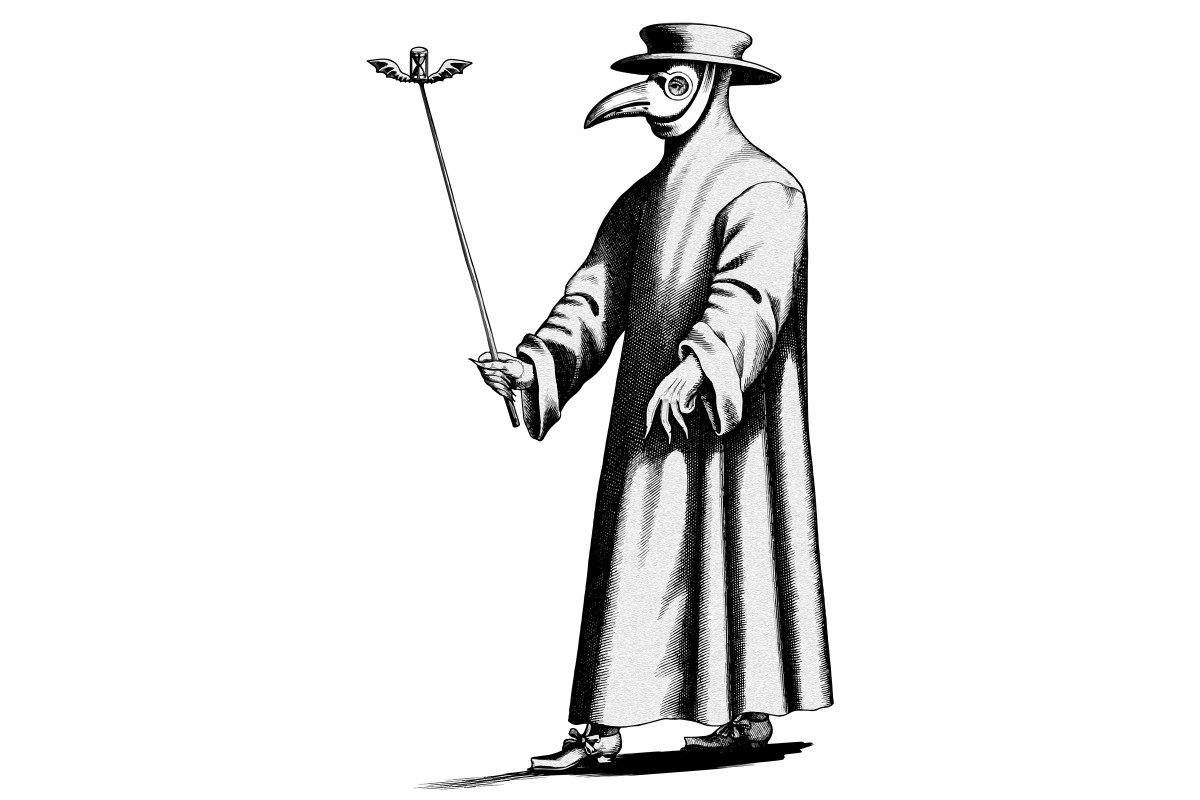If you’ve been reading up on the history of pandemics, you’ve probably run across images of plague doctors in bygone centuries. Their attire is distinctive and ominous, the kind of uniform that looks almost as menacing as the disease it was designed to treat. But while those uniforms might have become ubiquitous in terms of depictions of disease in centuries past, what’s not as apparent is how that look came about in the first place.
At Atlas Obscura, Isaac Schultz does a deep dive into this history. It turns out the iconic plague doctor look is nearly 400 years old:
The uniform is typically attributed to Charles de Lorme, a chief physician to several French kings, who around 1630 proposed the need for such wear to keep health workers safe from disease. It consisted of a thick black overcoat, gloves, circular glass to seal the eyes behind the mask, and often a wand, to inspect patients from a distance (and, when necessary, to fend them off as well).
At the time, the bubonic plague was still the pandemic such doctors would encounter most frequently. Modern concepts of germs were still not abundant in Europe — instead, the predominant belief of the age was that disease was carried by bad smells. (Hence why washing hands was such a big deal, medically speaking.)
This explains the long mask, to keep such odors away from the doctor. “Plague doctors kept their masks stuffed with powerfully scented spices and herbs such as mint or lavender, to keep the stench of pestilence out of their noses,” writes Schultz.
While the distinctive masks worn by plague doctors might look like a harbinger of a long-distant age, Schultz’s article includes a number of images suggesting they were in use more recently that you might expect. The most recent is from Italy in 1889; while the design has changed somewhat, the mask worn by a man in the image is a clear descendent of the garb popularized by de Lorme.
Science has, thankfully, moved on from there — but the image of plague doctors remains a lasting one.
Subscribe here for our free daily newsletter.
Thanks for reading InsideHook. Sign up for our daily newsletter and be in the know.
